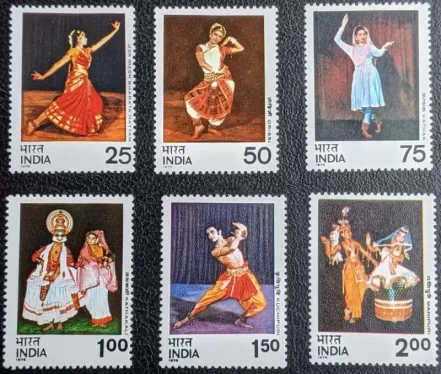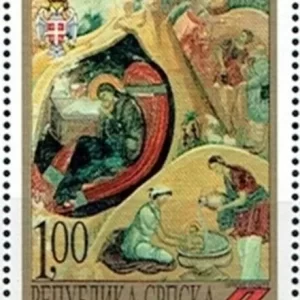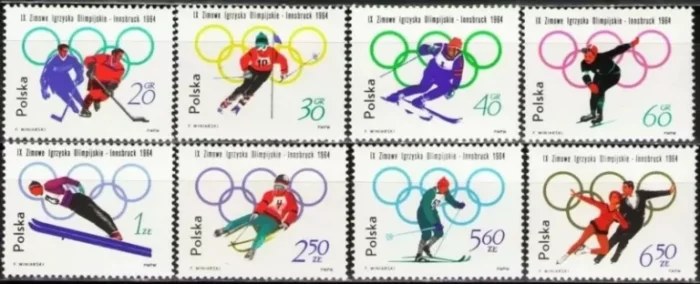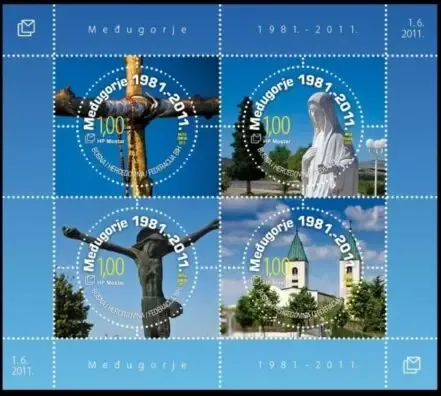India year 1975 stamps – Indian Dances complete set Mi 646/51 MNH*
The India 1975 “Indian Dances” complete set, cataloged as Michel (Mi) 646/51, showcases six of India’s classical dance forms.
Details of the Set
The set was issued on October 20, 1975, and features the following six stamps, each depicting a distinct classical dance form:
| Michel No. | Dance Form | Denomination (Paise/Rupees) | Description/Color |
| Mi 646 | Bharatanatyam | 25 P (Paise) | A pose from the South Indian classical dance. |
| Mi 647 | Kathak | 50 P | A pose from the North Indian classical dance. |
| Mi 648 | Kathakali | 100 P (1 Rupee) | Depicting the elaborate makeup and costume from Kerala. |
| Mi 649 | Kuchipudi | 100 P (1 Rupee) | A pose from the Andhra Pradesh classical dance. |
| Mi 650 | Manipuri | 200 P (2 Rupees) | A graceful pose from the North Eastern classical dance. |
| Mi 651 | Odissi | 300 P (3 Rupees) | A tribhanga pose from the Orissa classical dance. |
The stamps were printed in multicolor, making them very visually appealing.










Reviews
There are no reviews yet.